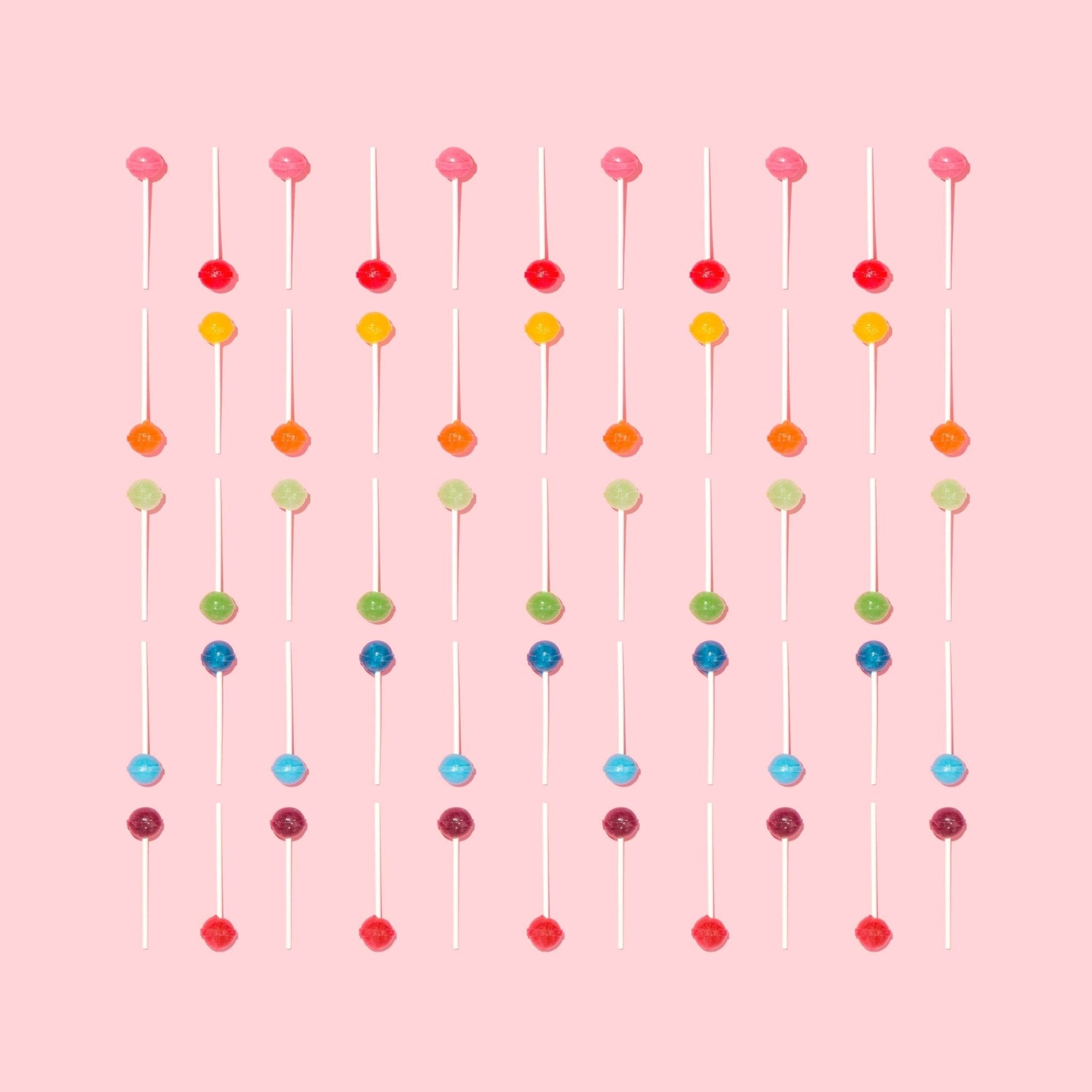Lollipopping is a pruning technique used by both indoor and outdoor cannabis cultivators. This technique removes up to a third of the lower foliage, which doesn't receive significant light or have much productive potential. After trimming away the leaves and lower growth, each branch ends in an attractive and heavy top kola that resembles a lollipop.
This is one of the most common growing techniques for indoor operations, as it works well in small spaces, is easy for newbie growers, and improves yields. Technically any strain can get the lollipop treatment, but knowing when to start and how aggressively to prune helps improve the final results.
If you prefer visual content check out our YouTube channel here.
The Benefits of Lollipopping
- Removes unproductive lower leaves and bud sites
- Refocuses the plant's energy into larger canopy kolas
- Reduces the risk of disease and pest infestation in the lower foliage
- Improves light penetration to targeted areas
- Works in conjunction with other techniques like LST, HST, Topping, and more.
The Basics of Lollipopping
If you were to adopt any pruning technique for your first grow, lollipopping would be it. It's relatively easy to grasp and has few repercussions if you don't get the details right on the first go-around. It is also suitable for combining with other techniques like Low-Stress Training (LST), High-Stress Training (HST), Topping, and Screen of Green (SCROG).
The goal of lollipopping is to remove unproductive bushy growth around the lower portion of the plant to refocus its energy into the top tier of flowers. There are two techniques: top-down lollipopping and bottom-up lollipopping.
Top-down is slightly more aggressive and usually means removing all but the top four or five nodes of growth. Bottom-up is less severe and more concerned about eliminating unproductive foliage and growth with inadequate light coverage. The bottom-up approach removes roughly the bottom third of the plant.
The best time to start your lollipopping is up for debate. For some growers, they prefer to begin the process once the plant has already started producing buds. Most recommend pruning somewhere between 14 to 21 days of flower. That way, you can see which buds aren't getting enough light, getting crowded, or won't amount to much.
Other growers suggest lollipopping just before switching to flower. Aggressively pruned right before transitioning to a flower schedule, with a few days in between to give the plant time to bounce back, is the suggestion. Lollipopping any earlier in the vegetative stage doesn't make a lot of sense because you may be restricting future bud sites. Pruning right before the plant goes into the first few weeks of stretch (in flower) will ensure that it puts all its energy where you want it.
And yet another approach recommends lowering the amount of stress you put your plants through by slowly pruning every few days, leading up until flower. These growers recommend taking more lower foliage off every few days, which spreads the stress out over several weeks while working towards the ultimate goal of lollipopping. Whether or not this is better or worse for the plant and its impact on bud performance is unknown.
How to Use Lollipopping for Indoor Growing
Although there are a hundred and one approaches to lollipopping, here we focus on the one we've had the best results with - pruning before switching to flower.
- A few days before switching to flower, it's time to aggressively lollipop the excess foliage, unproductive branches, and shaded areas.
- Examine your plant in place in the grow space. Assess which areas are not getting light penetration. In a crowded grow tent, this may be difficult to examine plants sitting against the back wall, so begin with the front row, and move backwards one plant at a time.
- Using your best judgement, draw an invisible line across the plants that divides the canopy's top parts, receiving the best light penetration, with the shaded bottom area. This should hit roughly a third of the way up the plants.
- Begin with a pair of sterile, clean pruning scissors. Remove all excess fan leaves from the bottom third of the plant. None of these are getting the light they need and are not valuable for flower development.
- Assess the lower lateral branches and stems. Any minor branches which will not reach the canopy are likely contenders for pruning. Remove from the bottom third of the plant.
- At this point, you have the bottom third pretty much cleaned up of excess leaves and unproductive lateral branches. Follow each of the remaining larger branches up from the bottom to clean up as needed. At the very least, leave at least four to five nodes of growth from the top. Many growers suggest leaving more.
- If working through several rows in a grow room, try to assess the plants in place as their growth can impact their neighbours, and they may require additional trimming.
- Water and feed following the aggressive pruning to help your plants recover.
- Give your plants a few days in the vegetative schedule to recover before switching over to flower.
Combine Lollipopping with Other Techniques for Advanced Cultivation
Lollipopping is only just the beginning of improving your yields with pruning and training techniques. Many indoor growers incorporate this technique after topping in the very early days of the veg cycle and installing a SCROG. Using a SCROG or an LST approach combined with lollipopping helps expand the plant laterally for better bud development beyond the primary handful of colas.
Thankfully, unlike advanced techniques like HST, you can master lolliopppoing with just about any strain you have on hand. Over consecutive grows, you'll iron out the tweaks, but from your very first attempt, you should see real results come harvest time.








